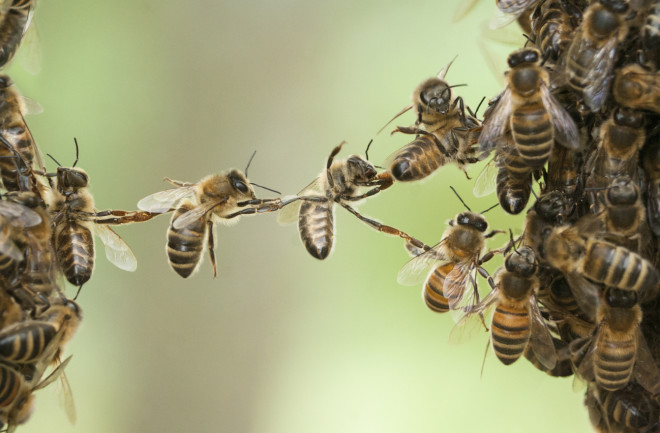Human beings — with our big brains, technology and mastery of language — like to describe ourselves as the most intelligent species. After all, we’re capable of reaching space, prolonging our lives and understanding the world around us. Over time, however, our understanding of intelligence has gotten a little more complicated.
Theoretical physicist Albert Einstein, for example, wielded a logical-mathematical intelligence. But we now recognize that there are other types of intelligence, too: emotional, bodily-kinesthetic, visual-spatial, musical and social, among others that are specific to different human skill sets. Each one of these types enables a person to solve problems relevant to their own situation.
And beyond the different varieties of intelligence among humans, scientists are starting to understand the capacity for intelligence in other species — outside of the narrow, human-centric conceptions that have framed our picture of intelligence until now.
What Is Intelligence?
Rosalind Arden, from the London School of Economics and Political Science, has been studying intelligence in humans and canines for some time now. She’s especially interested in whether enhanced cognitive abilities can predict better health outcomes within a species.
According to Arden, while logic and mathematics have helped us to solve certain abstract scientific problems, they are also crucial to the everyday functioning and thriving of humans in the world.
“Without logic, we would be adrift concerning causes and consequences. Without mathematics, we would be unable to distinguish more from less,” she says. “Many animals, including fish, have evolved some version of numeracy or ability to discriminate between quantities.”
Read More: 5 of the World’s Most Intelligent Animals
This means researchers are adopting broader definitions of intelligence: the ability to learn and apply knowledge to solve problems that are relevant to a system’s continued existence, for example, or the ability to achieve goals in different ways. And an interesting result of thinking about intelligence in these terms means we sometimes can attribute intelligence broadly across a group of individuals, rather than to a single individual alone.
Collective Intelligence
The term collective intelligence has been coined by some researchers to describe the behaviors that allow groups to overcome certain challenges. “Collective intelligence is a different thing from human intelligence. It evolves under key conditions of different ecologies and closer genetic relatedness between members of the group, such as a hive,” Arden explains.
“We would say of a hive of bees,” she continues, “that they work together to forge an intelligent solution to bee life, but we wouldn’t say that by pitching their minds in together they might figure out how to get to the moon.”
Read More: Bumble Bees Like to Play Just for Fun
In other words, while we might not describe a single ant as cognitively intelligent, the colony is able to respond dynamically to changes in its environment — ensuring the group's future survival. “Individuals within a species evolve the ability to solve problems that are recurrent over an evolutionarily relevant timescale,” Arden says.
And this broader intelligence considers the fact that different species face different problems. We might call an octopus intelligent for its ability to use shells as tools to protect itself from shark attacks, but other species may not need to adopt such an intricate behavior to evade predation. Simply sticking together in a large group, like schools of fish might, could be the most effective strategy.
Peering Into the Brain
But from a neurological perspective, what exactly is going on here? For a long time, intelligence has been studied from the perspective of the individual; researchers gave individual humans or animals certain tasks and simply measured their brain activity while the task was carried out.
However, scientists like Julia Sliwa, a researcher at the Paris Brain Institute, have instead been studying the brain at the group level in a bid to better understand social intelligence in animals.
In social species, social behaviors can arise through verbal or non-verbal interactions, mimicry, memorization or other signaling processes. With the help of brain imaging technologies like electroencephalography (EEG), which measures electrical activity in the brain, neuroscientists have discovered that human brains synchronize with one another when people cooperate on a task.
This phenomenon of neural synchronization has also been observed in other primates, as well as other mammals such as bats, which suggests it may be a central mechanism for social intelligence (at least in mammals). The question of whether neural synchronization is involved in socially intelligent behavior in animals like bees and other insects, however, remains an open question.

